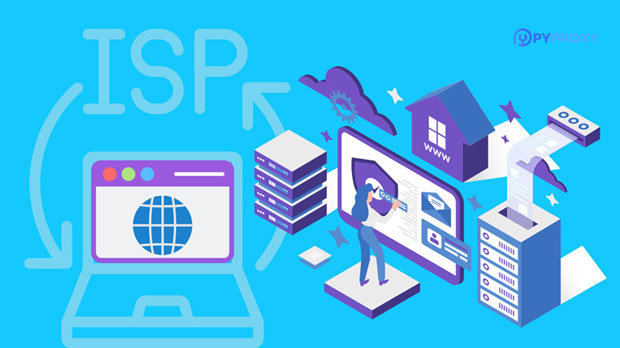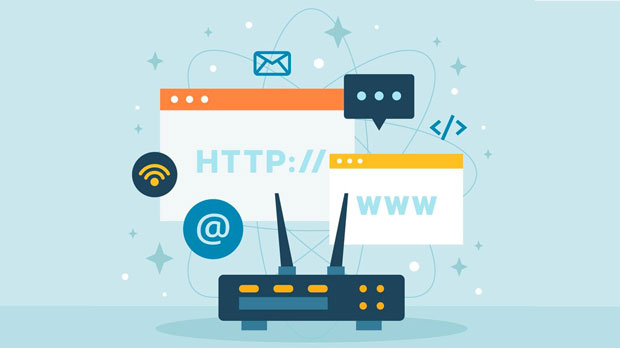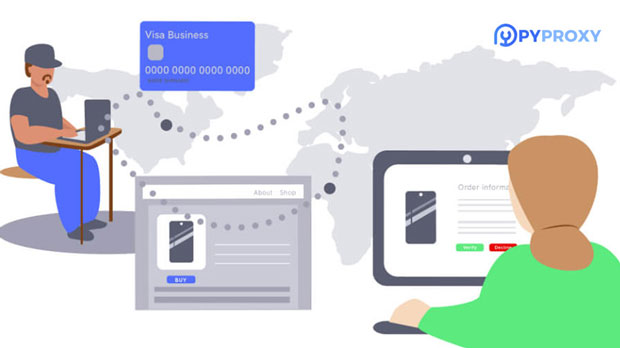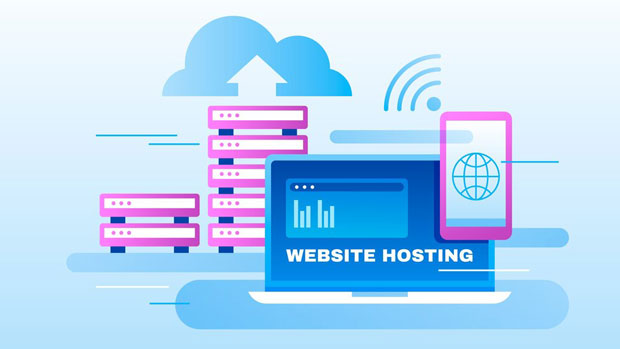In the world of online privacy and security, proxies have become indispensable tools for users who wish to maintain anonymity, bypass regional restrictions, and protect sensitive data. Two prominent services in this field are PYPROXY and Crossy Proxy. Both offer various features tailored to different user needs, but when it comes to pricing and overall service value, there are notable differences. Overview of PyProxy and Crossy ProxyBoth PyProxy and Crossy Proxy provide a wide range of proxy services, from residential proxies to data center options. However, the price structure, service offerings, and performance differ significantly between the two. PyProxy, generally regarded as a more budget-friendly solution, focuses on providing affordable services with a relatively straightforward interface. Crossy Proxy, on the other hand, is seen as a more premium offering, boasting advanced features, high-speed servers, and dedicated customer support.The initial choice between these two providers often depends on the balance of cost versus performance that users are looking for. Some users may prioritize affordability and simplicity, while others might prefer the advanced capabilities and reliability that Crossy Proxy offers, even at a higher price.Price Comparison: PyProxy vs Crossy ProxyThe pricing of proxy services is typically divided into subscription models, where users pay on a monthly, quarterly, or annual basis. PyProxy's pricing structure tends to be more affordable, making it an appealing option for individuals or small businesses that don’t have a large budget to spend on proxies. This makes PyProxy especially attractive for users who need a basic proxy service without the need for specialized features like dedicated IP addresses or high-speed servers.On the other hand, Crossy Proxy comes with a higher price tag, but it justifies the cost with its more robust features and high-performance servers. Crossy Proxy’s pricing is often suited for larger enterprises, developers, or individuals who require advanced proxy services such as dedicated IPs, premium residential proxies, or advanced security features. The higher price also comes with priority customer support and additional tools for users who need enhanced capabilities for tasks like web scraping or geo-targeting.When looking at the overall price-to-performance ratio, PyProxy shines in terms of affordability, while Crossy Proxy offers superior value in terms of service reliability, speed, and customer support. Service Features Comparison: PyProxy vs Crossy ProxyBoth PyProxy and Crossy Proxy offer various proxy services designed to meet the needs of different types of users. Let’s look at some of the key features that set them apart.1. Proxy Types and AvailabilityPyProxy offers primarily residential proxies and data center proxies, focusing on providing a simple user experience. While they cover the basic needs of most individuals, they may not provide the same level of customization as Crossy Proxy. Additionally, PyProxy tends to have fewer proxy options, which can be a limiting factor for users with more specialized needs.Crossy Proxy, on the other hand, provides a broader range of proxy options, including residential proxies, data center proxies, and even mobile proxies. They also have a greater variety of locations for users to choose from, which is especially beneficial for users engaged in tasks like ad verification, web scraping, or accessing geo-restricted content.2. Speed and PerformanceSpeed is one of the most crucial factors when selecting a proxy service. PyProxy provides decent speeds for general use, but it may not be as fast as some premium services. Users who only need proxies for light browsing or basic tasks will find PyProxy sufficient. However, for more intensive tasks like large-scale web scraping or streaming, PyProxy might not deliver the best performance.Crossy Proxy, with its premium infrastructure, offers superior speed and performance, especially for data-intensive tasks. Their network is optimized to handle high traffic loads, ensuring that users can enjoy smooth browsing, fast downloads, and uninterrupted streaming. Crossy Proxy’s focus on high-performance servers makes it an excellent choice for businesses or users who require reliable and fast proxy services.3. Security and AnonymityBoth PyProxy and Crossy Proxy provide robust security features, but Crossy Proxy takes the lead with advanced encryption and security protocols. Users of Crossy Proxy can enjoy peace of mind knowing their data is protected with the latest security technologies. This is particularly crucial for users who need to conduct sensitive tasks online, such as handling financial transactions or accessing confidential information.While PyProxy does offer basic security features like HTTPS support, it does not provide the same level of encryption as Crossy Proxy. For users who prioritize privacy and security, Crossy Proxy’s advanced security measures are worth the additional cost.Customer Support: PyProxy vs Crossy ProxyAnother key difference between PyProxy and Crossy Proxy lies in their customer support services. PyProxy offers standard customer support, with a focus on helping users troubleshoot issues. They provide an email support system, but response times may not always be quick, especially during peak hours.Crossy Proxy, with its premium pricing, offers priority customer support, including 24/7 live chat and dedicated account managers. This means users can get immediate assistance in case of any issues, making Crossy Proxy a more reliable choice for businesses that depend on uninterrupted service.Which Service Offers the Best Value for Money?When comparing the overall value, it ultimately depends on the user’s needs. For budget-conscious individuals or small businesses, PyProxy offers excellent value. Its low-cost pricing structure combined with solid performance makes it a great choice for basic proxy usage, especially if speed and advanced features aren’t a top priority.On the other hand, Crossy Proxy’s higher cost is justified by its superior speed, advanced security features, and top-tier customer support. For larger enterprises or users who need high-performance proxies for tasks like web scraping, ad verification, or secure browsing, Crossy Proxy offers better value in terms of overall service quality.In conclusion, the choice between PyProxy and Crossy Proxy boils down to the user’s specific needs and budget. PyProxy offers a more affordable solution for those seeking basic proxy services, while Crossy Proxy delivers a premium service that justifies its higher cost through enhanced performance, speed, security, and customer support. By understanding the strengths and weaknesses of each provider, users can make a more informed decision based on their requirements.
Sep 05, 2025



































































